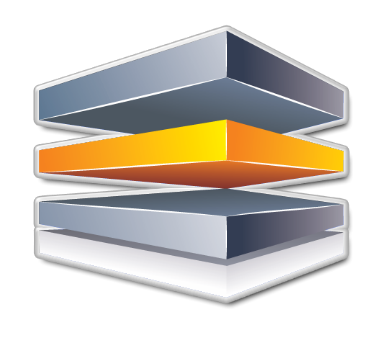But while much has been said regarding the political aspects of freedom of information, far less attention is paid to the nuts and bolts of access; in other words, how information reaches people, in technical terms.
This technical perspective has come to the fore at the ongoing ITU Digital World 2021, where high-level speakers from government, industry and academia have come together online to discuss challenges and opportunities of what makes information accessible in the first place: network infrastructure.
Enhancing the potential of 5G
Fifth-generation (5G) mobile technologies promise to facilitate rapid, easy, intelligent information flow. But to achieve this, they will depend on a wide range of enabling technologies, from from artificial intelligence (AI) and Wi-Fi 6 to Fixed Wireless Access (FWA) and OpenRAN (Radio Access Networks).
Network innovations, meanwhile, are making Internet access more affordable around the world, notably by taking ultra-high-speed broadband to areas where fixed broadband is unavailable.
Check out the highlights from the ITU Digital World 2021 discussion 5G: Fuelling digital transformation today – or tomorrow?
Network of networks
Wireless networks can now provide high-quality content and services at ultra-fast speeds, with superior reliability and low latency – except in rural and remote areas, particularly in small island developing states and the world’s least developed countries.
Boosting capacity hinges on improving backhaul capabilities, combined with the use of low earth orbit (LEO) satellites. As technologies evolve and standardization in these areas becomes more robust, satellites will become easier to integrate seamlessly into a so-called “network of networks” that does away with legacy divisions between mobile, fixed and satellite infrastructure.
Read more insights from the conversation Wired, wireless, worldwide: what’s next for networks
Satellites driving digital transformation
For decades, satellites have been a cost-effective means to connect communities unreachable by terrestrial networks.
Today, rapid advances in satellite technology, falling launch costs, and growing demand for services have put satellite connectivity at the centre of international discussions – whether in terms of information access, economic opportunity or sustainable development.
On one hand, cheaper satellite launches have paved the way for more innovation and better coverage around the world. On the other, the proliferation of satellites of all sizes in low-Earth orbit must be carefully managed as demand for connectivity skyrockets worldwide.
Delve deeper into the ITU Digital World 2021 discussion Space for change: satellites in the service of digital transformation
Harmonizing spectrum: Connectivity’s “lifeblood”
Satellites are not the only services in need of radio frequency spectrum: a limited natural resource critical for a huge range of communication services on land and at sea as well as in space.
While the importance of harmonizing spectrum is undeniable, views differ on how to do it equitably and efficiently as demand grows and services proliferate.
Collaboration and competition are both at play, with the added complication that multiple regional or national regulations in different countries maintain varying spectrum allocations and licencing conditions. Meanwhile, certain frequency bands must be carefully protected to avoid harmful interference that can potentially disrupt critical services, including aeronautical safety systems, or scientific research that depends on Earth observation.
 E-Library & File Box
E-Library & File Box